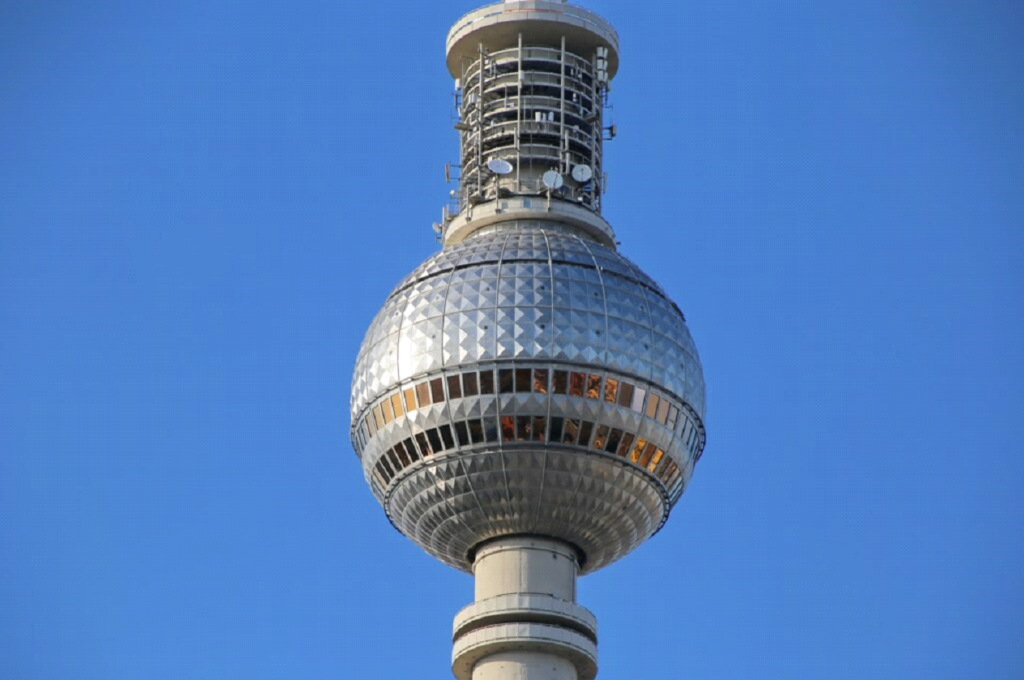The fifth generation of mobile communications -5G, hand in hand with the implementation of new Mobile IoT networks, will not only improve the speed and quality of Smartphone internet connections, but will also allow the consolidation of the Internet of Things in thousands of devices and services, becoming the best possible ally for Smart Cities.
Why will 5G boost the implementation of Smart Cities?
By: Gabriel E. Levy B.
www.galevy.com
When analyzing the success stories of the most recognized Smartcities around the world, including Singapore, Barcelona or Shanghai, it is possible to identify the same common pattern: “High quality connectivity and speed as a support”, that is, the starting point that all Smartcities have implemented to provide the multiple technological services that underlie it, having the certainty that they will not collapse due to a bad connection.
So far, fiber optics as a means of transmission has been the main technology used in Smartcities, it is reliable, with low latency, economical and secure, however, it is a cable that requires laying and a lot of infrastructure, becoming a barrier for certain services that require the independence of wireless connections, such as autonomous cars that do not take off technologically, partly because of this limitation.
Gracias a la llegada del 5G, todo pareciera indicar que este último eslabón de la cadena, finalmente podría ser superado.
What makes 5G different from current 4G networks?
5G networks are likely to become the backbone of global communications. They will carry the lines and data of millions of smartphone connections, driverless cars, fully automated homes, state-of-the-art telemedicine and telehealth, and even fully connected smart cities.
The promise of this new connection standard is that the capacity to circulate information will grow dramatically and speeds will exceed all expectations, being able, for example, to download a two-hour movie in less than four seconds. This, compared to the ten minutes that an average 4G network takes on average, means an unprecedented advance in connection speeds.
The main features of 5G networks will be:
⦁ Reduced latency: with 5G technology, devices will take less time to execute a command and will have less intermittency.
⦁ Speed: 5G technology will reach speeds between 10 and 250 times the current ones, which will allow downloading a high-definition movie in seconds, watching 8K television, as well as viewing holograms or virtual reality applications.
⦁ Simultaneous connection: 5G technology could support some 20,000 connected devices in an area equivalent to a soccer field, about 100 times the current capacity.
But the most relevant for telecommunications is that 5G will be able to offer data plans with almost unlimited capacity and speeds never seen before in mobile communications. According to the International
Telecommunication Union (ITU):
“Speeds will be radically higher reaching an average of at least 1 gigabyte per second, enabling the explosion in services derived from the Internet of Things, this paradigm assumes that any physical object that can be connected to a sensor is susceptible to be connected to the internet and managed remotely via the web.”
5G networks complemented by Mobile IoT networks
As 5G networks will not be able to cover spaces beyond the urban environment, and even in cities there could be dark spots of coverage, basically because it will not have 100% coverage, something that no wireless technology can guarantee, the engineering groups in charge of mobile technology standards, have developed a complementary mobile technology, specialized in IoT devices, which are called Mobile IoT.
Mobile IoT is a concept that refers to various protocols for secure, low power wide area (LPWA) IoT networks that can be managed by telecommunications operators that currently provide 4G service and will operate 5G networks in the future.
LPWA networks are designed with IoT in mind, based on the assumption that the devices are low-cost, use low data rates, require long battery life and often operate in remote and hard-to-reach locations, allowing many technologies that only exist on paper today to be deployed in the near future.
Due to the diversity of IoT application requirements, a single technology is not capable of addressing all LPWA use cases. For this reason, the mobile industry has focused on two complementary licensed 3GPP standards: LTE-M (Long Term Evolution for Machines) and NB-IOT (Narrowband-IOT).
– NB-IOT (Narrowband-IOT) or Narrowband Internet of Things is an open standard technology based on LTE. It uses a low power network that requires narrowband providing better coverage levels and longer sensor battery life.
– LTE-M (Long Term Evolution for Machines), also known as CAT-M1, uses the installed LTE antennas and is optimized for higher bandwidth on demand from the device.
NB-IoT and LTE-M networks will coexist with 2G, 3G and 4G mobile networks and will benefit from all the security and privacy features of mobile networks, such as support for user identity confidentiality, entity authentication, data integrity and mobile device identification.
Developed for Smart Cities
Thanks to the new LPWA networks, many smart city developments that are stuck in the design stage can be materialized at low cost, creating an almost infinite universe of new technologies at the service of citizens, which will contribute to mobility, security, health, education, employment, urban planning, sustainability and practically all the fields and aspects that surround cities.
In Conclusion, in the coming years we will see an unprecedented explosion of new technological developments for smart cities, which may materialize through the implementation of 5G networks and LPWA networks, which in turn will significantly improve the connectivity of people and devices, raising the concept of Internet of Things – IoT and Smart Cities to a new dimension: Smartcities

